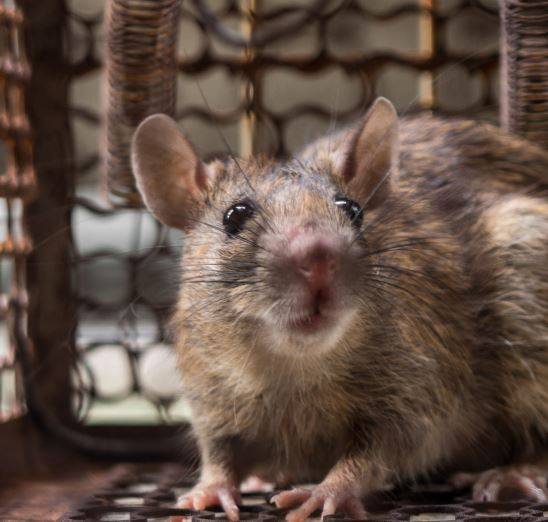 22 Jul 2021
22 Jul 2021During autumn and winter, we commonly see more problems with rat bait poisoning in our pets due to the increased usage of rat bait as the cooler weather brings rodents inside. This year is no exception and we have treated several cases of rat bait toxicity in dogs across all of our clinics. Rat bait is commonly used to control rodents but does carry risks to our pets especially dogs. Rat and mice traps are inexpensive and much safer than rat baits for our pets, and may be all that is needed in some situations.
If rat bait is to be used then care must be taken to place it in bait stations or well away from areas that your pets can access, with the remainder of the packet stored in a secure place. Bait blocks which can be secured in place are also a good option as this helps to prevent rodents from moving them around. Rat bait is made to be tasty for rodents so most dogs will also readily consume it. Most rat baits contain an anticoagulant which prevents the body from making clotting factors and results in haemorrhaging and death. This is the intended outcome for rodents but will also occur in our pets if a toxic dose of bait is ingested.
The severity of poisoning and level of bleeding depends on the type of bait, amount ingested and time since ingestion. Try to use shorter acting or 1st generation baits as these are considered safer (such as Racumin paste) though all baits are deadly to our pets.
Most baits contain a dye, generally a blue/green colour. If you notice this dye colour in or around your dog’s mouth or face or in your pets faeces then this is a sign they have ingested bait.
If your pet has been poisoned then we will need to know the active ingredient of the product so bring along the packet or alert our receptionists to the name of the product used. This allows us to identify the active ingredient and give effective treatment. We also need to know when the bait was ingested, how much was ingested and what symptoms your pet is showing. The sooner we see your pet the better the prognosis for recovery. Treatment can be intensive and may include decontamination, blood testing, Vitamin K1 therapy and if required a blood transfusion.






